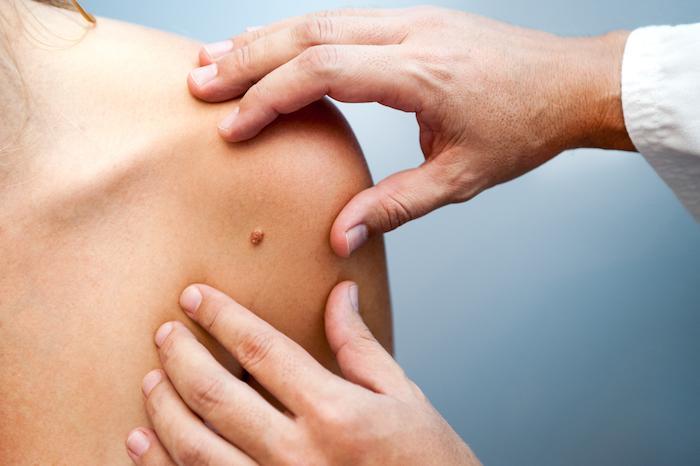
How to Recognize the Different Types of Skin Cancer

Everyone knows the importance of wearing sunscreen and avoiding UV rays when possible. While these actions can help decrease your chance of skin cancer they can't eliminate it completely. That's why it's important to examine your skin regularly and know the signs of the different types of skin cancer.
Dr. Trevan Fischer helps fight cancer on multiple fronts at his private practice in Santa Monica, California. He offers cutting-edge surgeries for skin and breast cancers as well as soft tissue sarcomas. Part of his practice is educating people on the signs of skin cancer to help early diagnosis.
Skin cancer
Not only is skin cancer the most common type of cancer in the United States but more cases are diagnosed each year than every other type of cancer put together.
Skin cancer occurs when there’s an abnormal growth of skin cells, often caused by damage from the sun. When found early and before it’s spread, skin cancer is generally highly treatable.
Types of skin cancer
There are three main types of skin cancer, with the appearance of each varying to some degree.
Basal cell carcinoma
Basal cell carcinoma frequently looks like a patch of pink skin or a round flesh-colored bump. This is the most common kind of skin cancer. It can appear anywhere on your body but is often found on the arms, head, and neck, as well as other parts of your body that are exposed to the sun or indoor tanning.
Early detection and diagnosis are key. Left untreated, basal cell carcinoma can grow deep into the nerves and bones.
Squamous cell carcinoma
The second most common type of cancer, squamous cell carcinoma, can often be found on the face, neck, ears, chest, back, and arms. Its appearance can vary from scaly or rough red patches on the skin and open sores that don't heal to raised lumps and growths that look similar to warts.
The best outcomes typically occur when this kind of skin cancer is found early and prevented from spreading to other parts of the body.
Melanoma
While melanoma is less common than basal cell and squamous cell carcinoma and affects only 1% of people diagnosed with skin cancer, it’s the most serious. It can occur anywhere on your body, including the face, neck, trunk, and legs. It can even be found on the palms of your hand, on the bottom of your feet, and under your fingernails.
Melanoma often appears as a mole that is asymmetrical or has an irregular border, has changed color, or has grown to more than a quarter-of-an-inch in diameter. This type of skin cancer can spread more rapidly to other parts of your body if not caught and treated early, which makes it more dangerous.
Skin cancer can manifest itself in a variety of ways. If you're experiencing any new spots, bumps or sores or changes in existing moles, call our office today at 310-504-2548 or click to book an appointment for a thorough professional evaluation.
You Might Also Enjoy...


Recurrent Basal Cell Carcinoma: What Are Your Surgical Options?

SCC of the Lip: Presentation and Treatment Challenges

Surgical Margins in Melanoma: How Much Skin Needs to Be Removed?

Merkel Cell Carcinoma and the Immune System: What’s the Connection?

